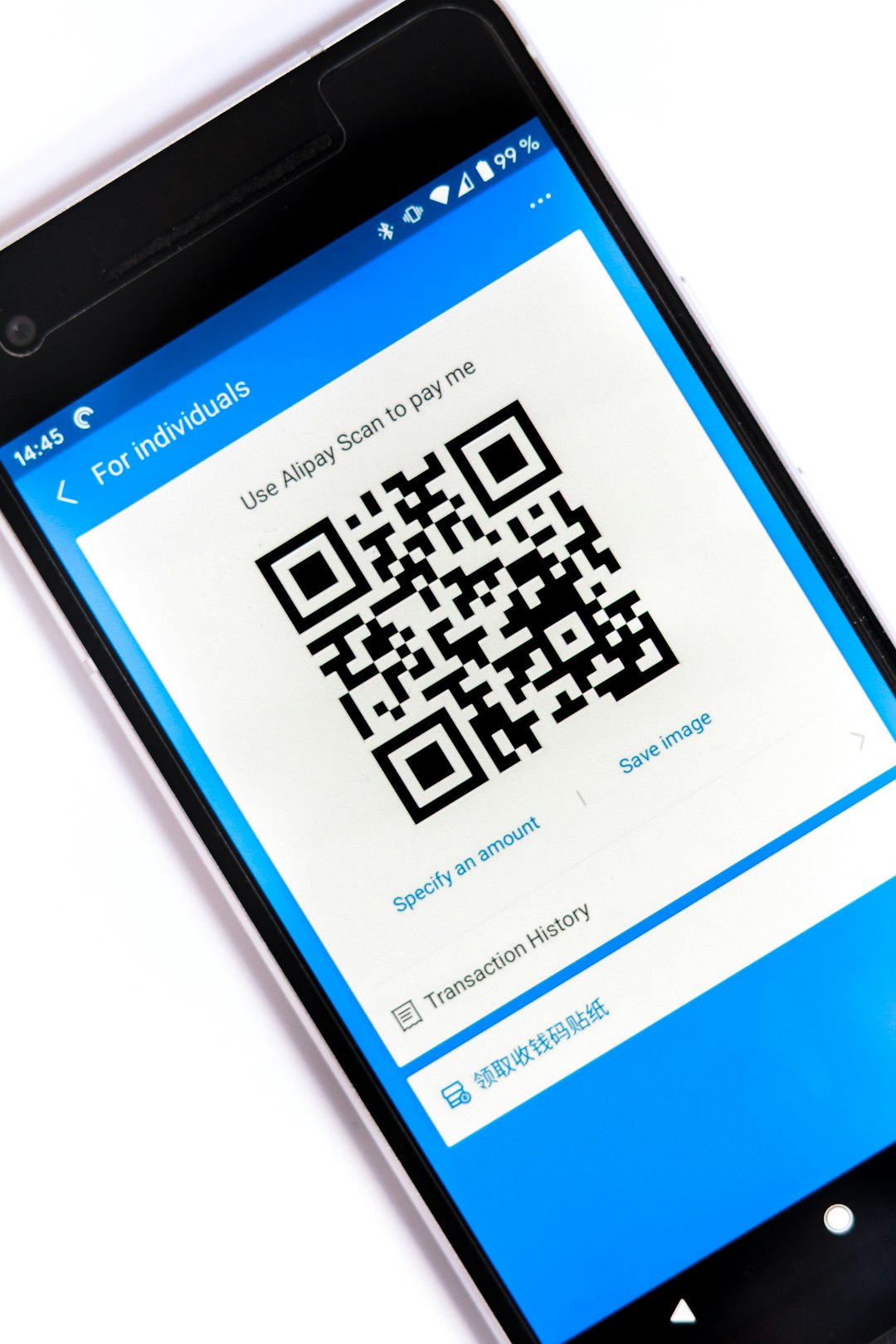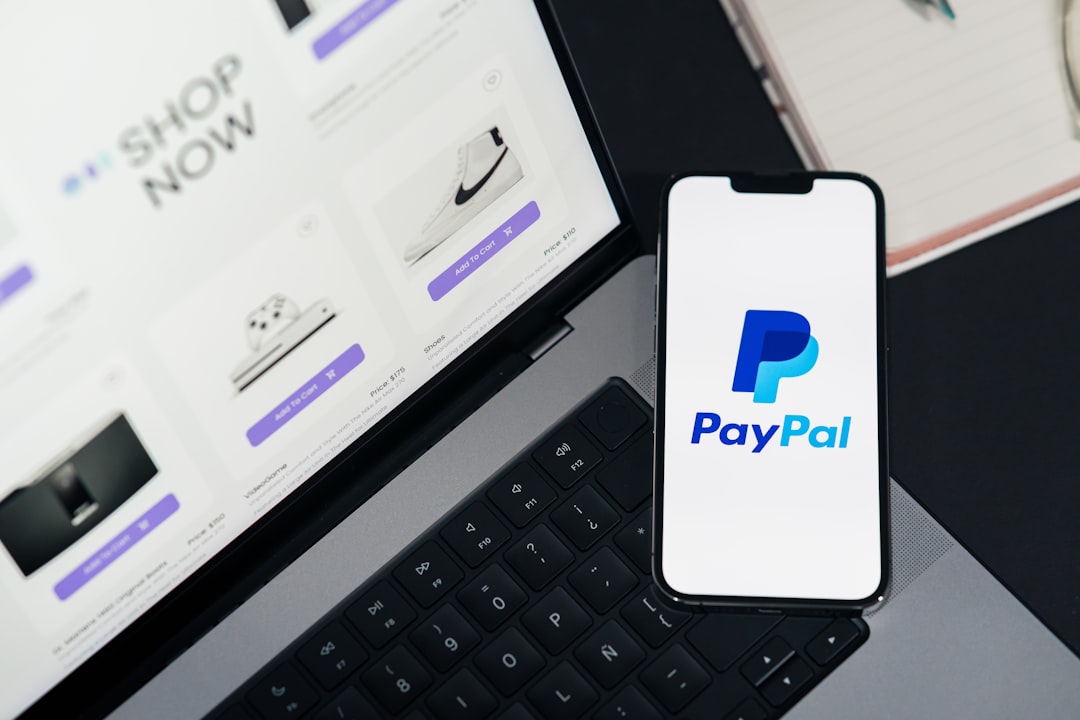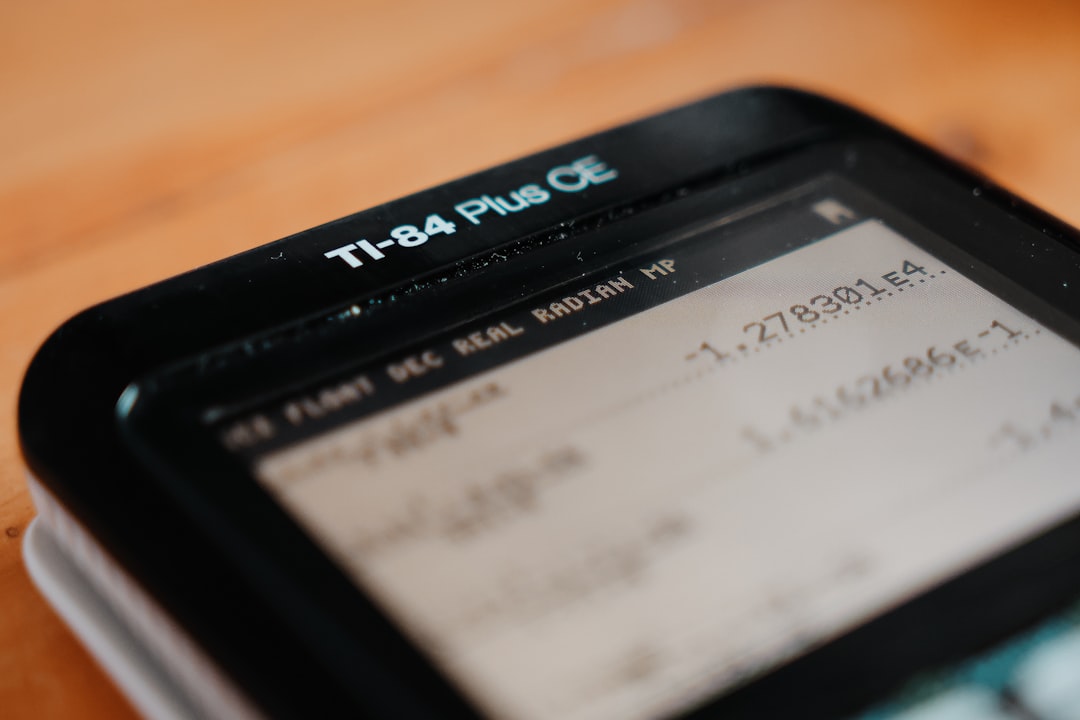As the popularity of chat-based transactions rises, platforms like Telegram have become central hubs for businesses and individuals offering services or products. Coupled with online payment systems like PayPal, the convenience of closing a deal in a chat message has never been easier. However, as ease increases, so does the risk of fraudulent activity.
Whether you’re a seller offering digital services or a buyer seeking custom goods, understanding how to navigate Telegram and PayPal transactions safely is absolutely vital. Fraudsters are becoming more sophisticated, and a single mistake can be costly. This guide delivers tested strategies and practical tips to help you stay protected.
Why Telegram and PayPal Are Targets for Scammers
Telegram’s appeal lies in its end-to-end encryption, anonymity, and versatile bots. But these features that protect privacy can also shield bad actors. Meanwhile, PayPal’s ubiquity and relatively buyer-friendly policies make it an attractive payment method for fraudsters seeking fast cash with low risk.
It’s common for scams to unfold like this: A scammer poses as a legitimate buyer or seller on Telegram. They request or send payment via PayPal, then vanish—or worse, initiate a chargeback after the transaction is complete. Without precautions, it’s easy to fall into these traps.

Most Common Fraud Scenarios in Telegram-PayPal Transactions
Below are some of the most widespread fraudulent schemes seen in chat-based orders, especially through Telegram and PayPal:
- Fake Payment Screenshots: The scammer sends a proof of payment that is falsified or manipulated. No money ever arrives.
- Unauthorized Transactions: A compromised PayPal account is used to make a purchase. Later, the rightful owner reverses the charge.
- Chargeback Abuse: After receiving services or products, a buyer may falsely claim they didn’t authorize the transaction or did not receive the item, initiating a PayPal chargeback.
- Phishing Bots: Telegram bots designed to mimic PayPal login pages lure users into giving up credentials.
- Underpriced Offers: Products or services significantly under market value may be bait to lure users into providing payment info or direct transfers without recourse.
Fraud-Prevention Tips for Sellers Using Telegram and PayPal
As a seller, you’re especially vulnerable, since you’re expected to deliver a product or service after payment. But in a world of fake proof-of-payment screenshots and fraudulent chargebacks, extra care is essential.
1. Always Confirm Payment on PayPal Directly
Never rely on screenshots or links. Log in to your PayPal account directly and verify that:
- You’ve received the payment
- The status of the payment is “completed” and not “pending”
- The email address matches your registered PayPal account
2. Use Invoicing or Request Money via PayPal
This gives a documented trail of the transaction and keeps the payment within PayPal’s system for better dispute resolution coverage. Avoid sending or accepting money using the “Friends and Family” option for commercial transactions—doing so voids buyer and seller protection.
3. Document Your Deliverables
Create digital receipts, logs, or timestamped content. For physical goods, retain shipping receipts and use trackable delivery services. For digital work, log communication and delivery times clearly in Telegram.
4. Use Verified Telegram Bots With Caution
Only use bots from trusted sources. Scammers mimic PayPal services through malicious bots or cloned interfaces. Always double-check links, and never enter PayPal credentials in a third-party bot.

Fraud-Prevention Tips for Buyers Using Telegram and PayPal
Buyers need to be cautious too. Telegram, while fast and flexible, lacks any inherent buyer protection. Here’s how to mitigate your risk when purchasing through Telegram and PayPal:
1. Vet Sellers Thoroughly
Ask for:
- Portfolio or samples of previous work
- Proof of identity or business verification
- Customer testimonials or reviews, if available
A reputable seller will rarely object to providing these details.
2. Use PayPal Protection Features
Insist on using the “Goods and Services” option when sending payment. It enables purchase protections if the seller fails to deliver. Avoid pressure to use “Friends and Family” which eliminates the right to dispute a transaction.
3. Check URLs and Email Domain Before Entering Credentials
Phishing attempts are common, especially when bots or sellers send fake PayPal links. Always ensure links start with https://www.paypal.com and that the email sender is from paypal.com.
4. Be Wary of Too-Good-To-Be-True Deals
If a seller is offering a valuable item or service at a drastically reduced rate, be cautious. Always trust your instincts. If something feels off, it probably is.
Best Practices for Secure Messaging on Telegram
Beyond PayPal, fraud often starts with how conversations unfold. Make your Telegram usage safer with these smart messaging habits:
- Enable two-factor authentication (2FA) to protect your account.
- Conduct orders in private chats or Secret Chats, not public channels.
- Limit personal information shared in Telegram conversations.
- Avoid clicking unsolicited links or downloading unknown files, even from known contacts.
Reporting Fraud: What to Do if You’re Scammed
If you fall victim to a scam, take swift action:
1. Report the Incident to PayPal
Open a dispute within 180 days of the transaction. Clearly document what was promised and how the agreement was violated. Include any chat logs or receipts from your Telegram conversation.
2. Report the Telegram Account or Bot
Go to the conversation, tap the person’s name or bot, report and block them. Telegram reviews and bans malicious users if there’s sufficient evidence.
3. File a Cybercrime Report
Depending on your country, there may be cybercrime units or platforms where you can report online fraud. This increases the chances of wider action beyond account suspension.
Conclusion: Vigilance Is Your Best Line of Defense
Telegram and PayPal together create a powerful setup for executing fast and efficient transactions. But in the wrong hands, they also provide ample opportunity for manipulation and theft. By following best practices, scrutinizing every payment and seller interaction, and utilizing the built-in safety tools of each platform, you place yourself in a far stronger position to avoid scams.
Stay informed, stay cautious, and prioritize transparency—both for your protection and for the integrity of your business or purchases.
Remember: If something looks suspicious, it’s better to double-check than regret later.


